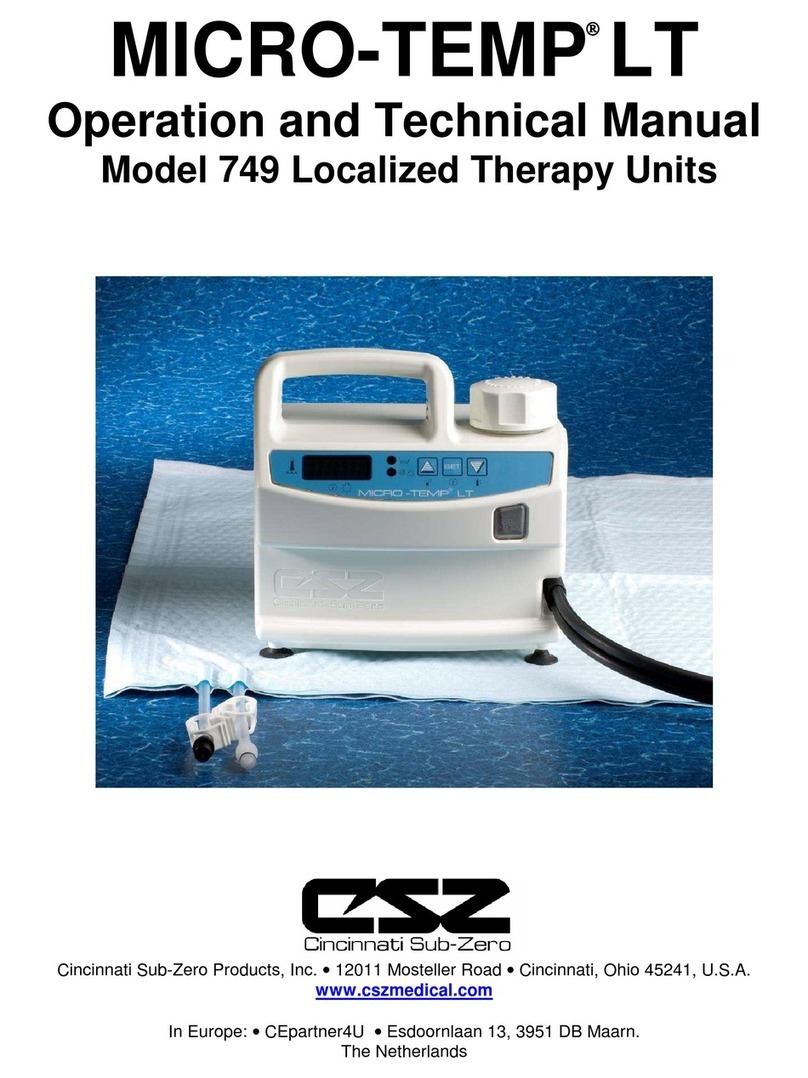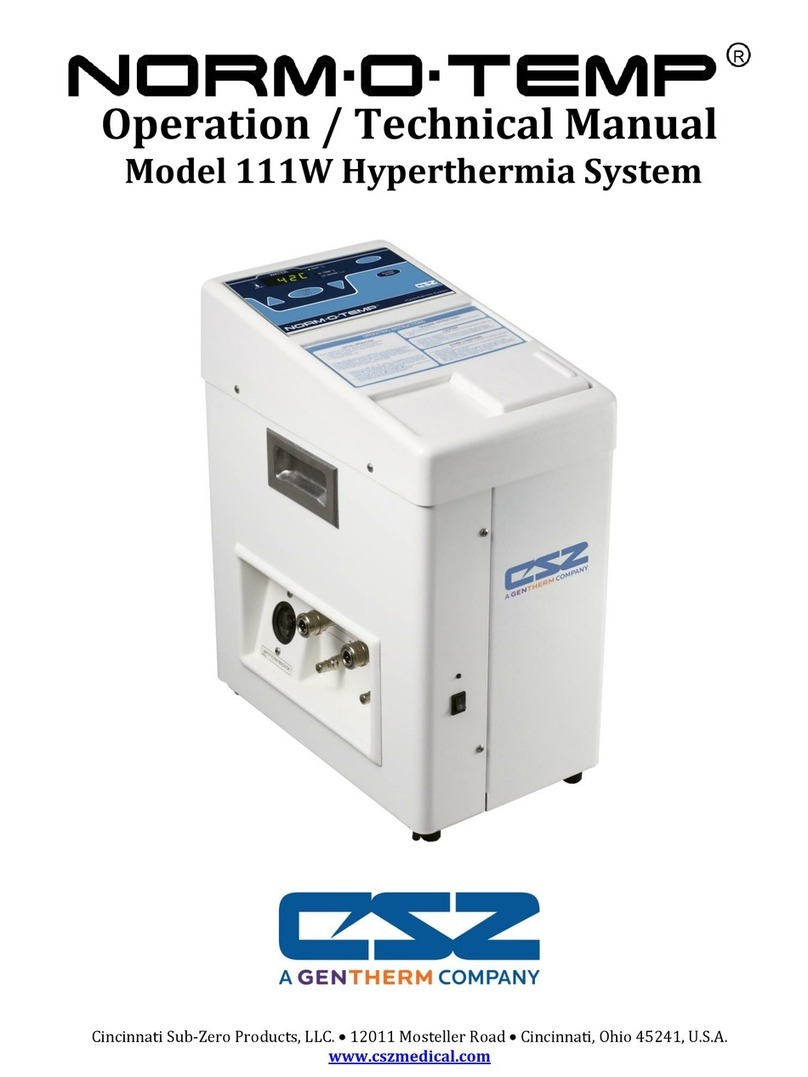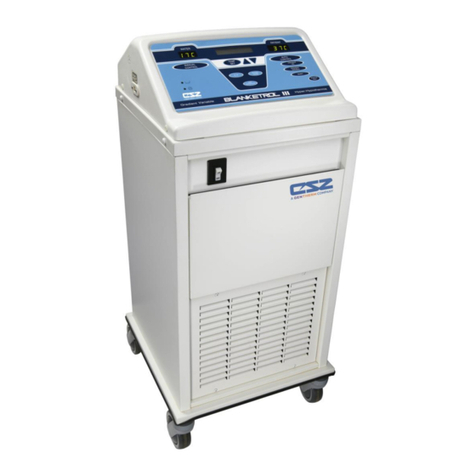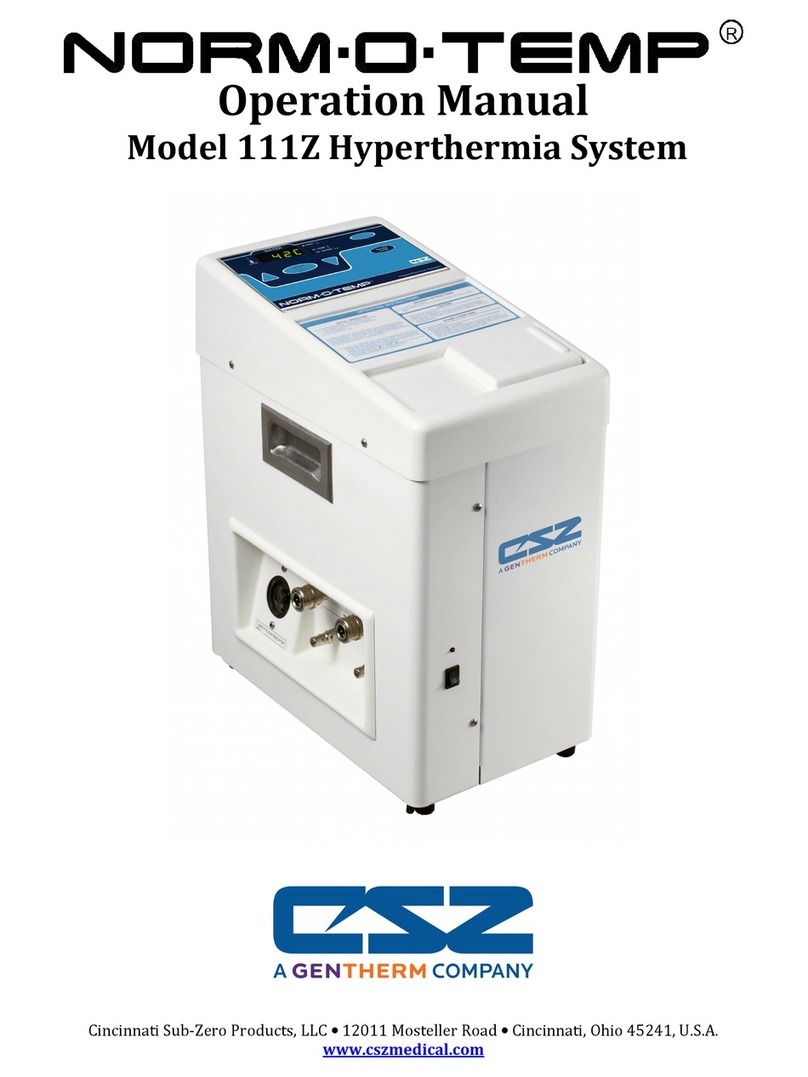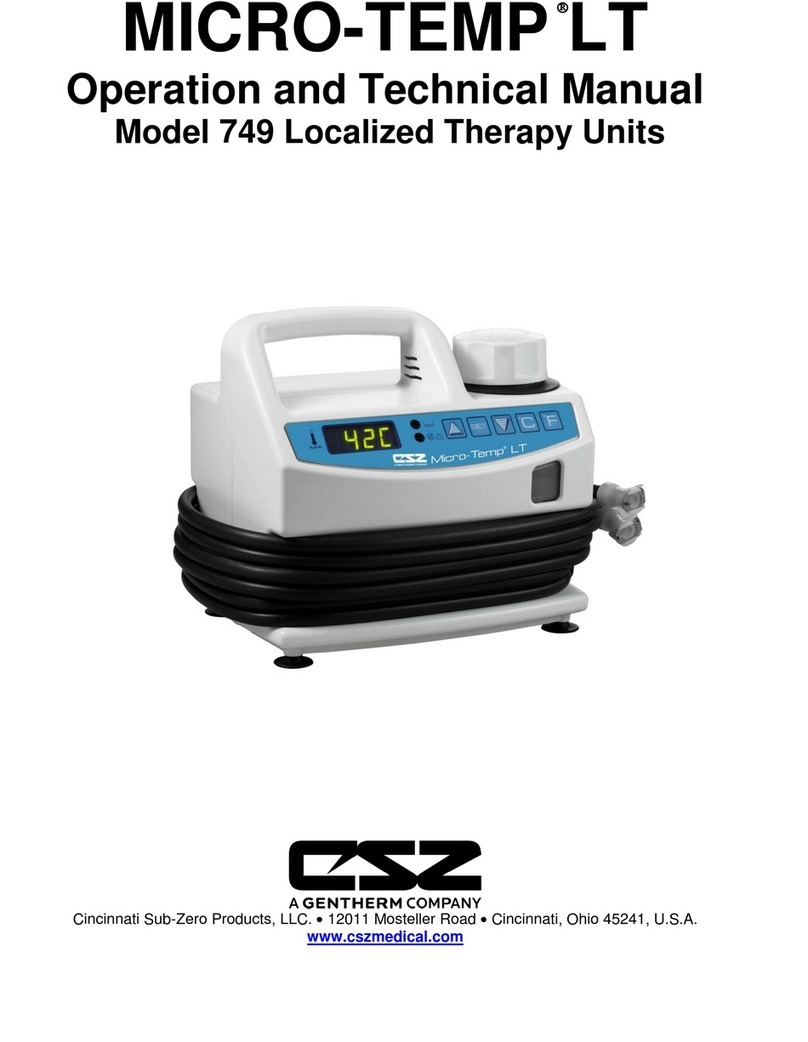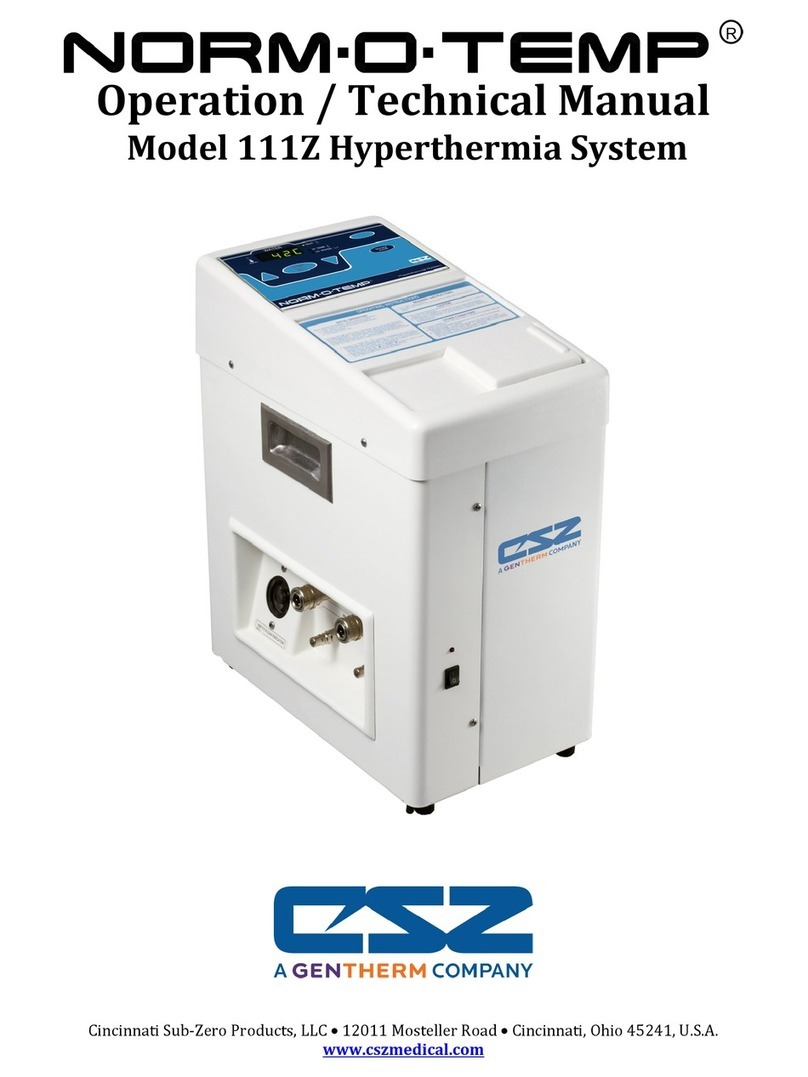
TABLE OF CONTENTS
SYMBOLS....................................................................................................................................................................II
TECHNICAL HELP ....................................................................................................................................................1
AUTHORIZED EUROPEAN REPRESENTATIVE: ...............................................................................................1
BEFORE YOU CALL FOR SERVICE......................................................................................................................1
IN-WARRANTY REPAIR AND PARTS.................................................................................................................. 1
RECEIVING INSPECTION........................................................................................................................................1
IMPORTANT SAFETY INFORMATION ................................................................................................................1
SECTION 1. INTRODUCTION.................................................................................................................................2
1-0.
GENERAL SAFETY PRECAUTIONS....................................................................................................... 2
1-1.
GENERAL DESCRIPTION OF THIS MANUAL ......................................................................................2
1-2.
GENERAL DESCRIPTION OF THE BLANKETROL II SYSTEM...........................................................3
1-3.
CLINICAL APPLICATIONS......................................................................................................................3
1-4.
PHYSICAL DESCRIPTION OF THE BLANKETROL II UNIT................................................................3
1-4.1. EXTERNAL FEATURES - FRONT VIEW.................................................................................................. 4
1-4.2. EXTERNAL FEATURES - RIGHT SIDE VIEW.........................................................................................6
1-4.3. EXTERNAL FEATURES - REAR VIEW ....................................................................................................8
1-4.4. EXPANDED DESCRIPTION OF THE BLANKETROL II CONTROL PANEL.......................................10
1-5.
REQUIRED ACCESSORIES....................................................................................................................12
1-6.
FUNCTIONAL DESCRIPTION OF THE BLANKETROL II SYSTEM.................................................. 12
1-6.1. HEATING SYSTEM..................................................................................................................................12
1-6.2. COOLING SYSTEM.................................................................................................................................13
1-6.3. CIRCULATING SYSTEM......................................................................................................................... 13
1-6.4. TEMPERATURE SAFETY CONTROL SYSTEM.....................................................................................13
1-7.
SPECIFICATIONS OF THE BLANKETROL II UNIT ............................................................................ 15
1-8.
BLANKETROL II CERTIFICATIONS .................................................................................................... 16
SECTION 2. GENERAL PREPARATION OF THE BLANKETROL II
SYSTEM....................................17
2-1.
INTRODUCTION.....................................................................................................................................17
2-2.
UNPACKING THE SHIPMENT ..............................................................................................................17
2-3.
FIRST TIME SET-UP/SYSTEM TEST ROUTINE..................................................................................17
2-3.1. INSPECTING AND ARRANGING THE EQUIPMENT...........................................................................18
2-3.2. COMPLETING A SYSTEM TEST ROUTINE ..........................................................................................19
2-4.
UNIT AND PATIENT RELATED PRECAUTIONS................................................................................23
2-5.
PATIENT PREPARATION AND BEDSIDE CARE................................................................................24
SECTION 3. OPERATING THE BLANKETROL II UNIT................................................................................26
3-1.
INTRODUCTION.....................................................................................................................................26
3-2.
ARRANGING THE SYSTEM COMPONENTS....................................................................................... 26
3-3.
OPERATING THE BLANKETROL II UNIT IN AUTOMATIC CONTROL MODE..............................28
3-4.
OPERATING THE BLANKETROL II UNIT IN MANUAL CONTROL MODE....................................30
3-5.
OPERATING THE BLANKETROL II UNIT IN MANUAL CONTROL MODE WITH THE ADDITION
OF THE PATIENT PROBE..................................................................................................................................... 32
3-6.
OPERATING THE BLANKETROL II UNIT IN MONITOR ONLY MODE ..........................................33
3-7.
CONCLUDING HYPER-HYPOTHERMIA TREATMENT....................................................................34
3-8.
STATUS DISPLAY MESSAGES.............................................................................................................35
SECTION 4. GENERAL MAINTENANCE OF THE BLANKETROL II SYSTEM .........................................38
4-1.
INTRODUCTION.....................................................................................................................................38
4-1.1
TEST EQUIPMENT REQUIRED .........................................................................................................39
4-2.
MAINTENANCE OF THE WATER RESERVOIR..................................................................................41
4-2.1. DRAINING THE RESERVOIR.................................................................................................................43
4-2.2. REPLENISHING THE RESERVOIR .......................................................................................................43
4-3.
MAINTENANCE OFTHE WATER FILTER ........................................................................................... 44
4-4.
MAINTENANCE OF THE CONDENSER AND GRILLE.......................................................................45






